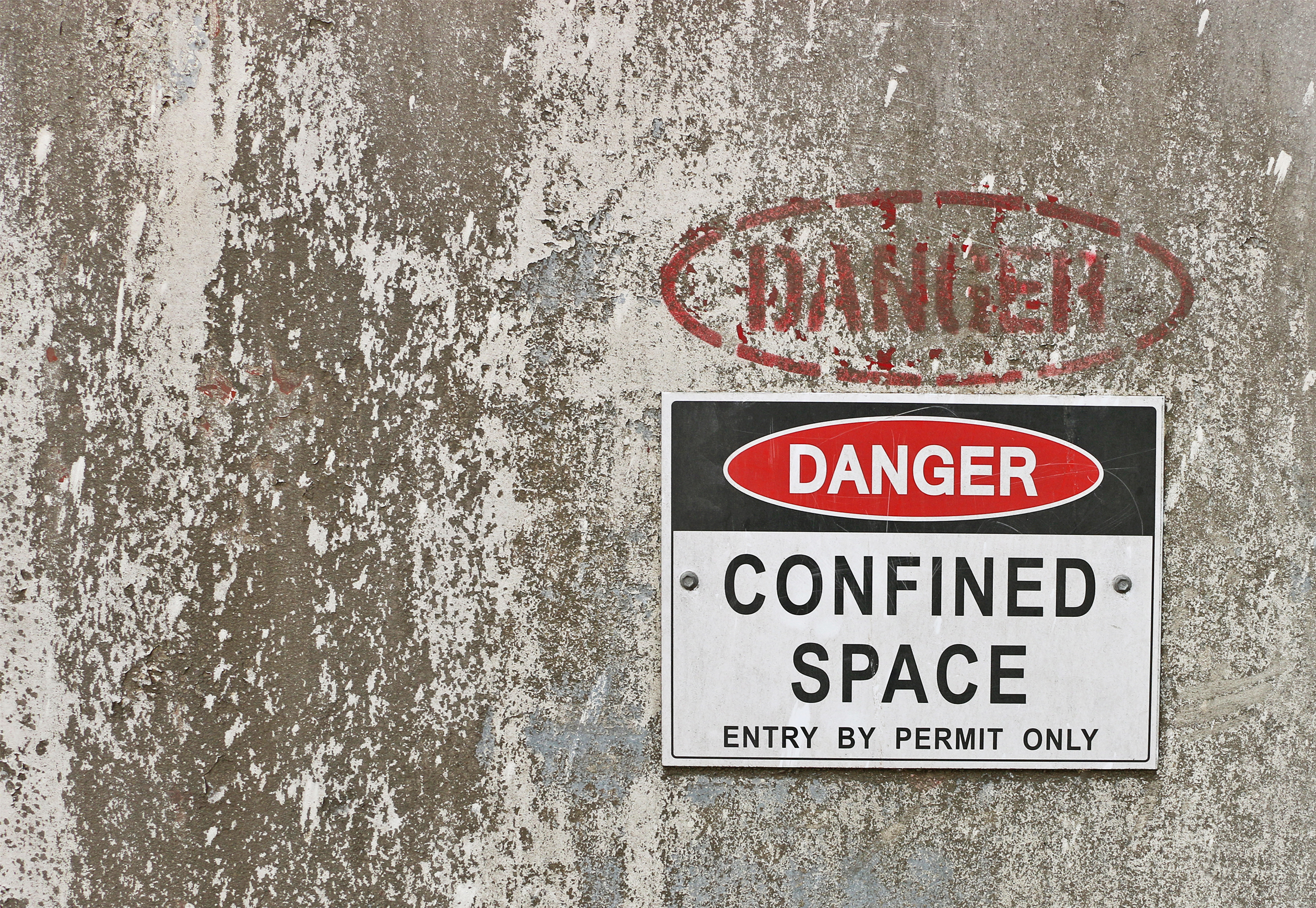To Write or Not to Write – That is the Question Whether your business is undergoing a self-imposed health and safety audit, a voluntary audit from an accredited organization, or a not-so-voluntary inspection through a regulatory agency, one of the first items likely to be requested by the auditor is a copy of your written […]
Continue readingRegulatory Changes Expected as Findings Suggest Increased Risk from EtO Emissions
Prompted by findings of increased cancer risks associated with ethylene oxide (EtO) emissions, the U.S. Environmental Protection Agency (EPA) is considering regulatory changes that will affect the use of EtO, a colorless, odorless, flammable gas typically used for sterilization of medication equipment but is also used to make other chemicals and products like antifreeze and […]
Continue readingU.S. EPA Announces Intent to Designate PFOA and PFOS as Hazardous Substances
On Friday, August 26, 2022, U.S. EPA announced its intent to designate perfluorooctanoic acid (PFOA) and perfluorooctanesulfonic acid (PFOS) as CERCLA hazardous substances. U.S. EPA posted a pre-publication notice for the Federal Register listing, including Supplemental Information describing the basis for designation. This rulemaking marks the first time U.S. EPA has used its authority under […]
Continue readingAlternative Protective Measures, The Bridge Between Lockout Tagout and Machine Guarding
The requirements for using Lockout Tagout (LOTO) to control hazardous energy during machine servicing and maintenance are clearly prescribed in 29 CFR 1910.147, but OSHA enforcement citing of the LOTO Standard consistently remains in the top 10 most frequently cited standards. Why? LOTO requirements are not always consistently or correctly followed, and they’re often viewed […]
Continue readingPerforming Confined Space Assessments: Keys to Success
When one of the largest Liquified natural gas (LNG) plants in the country is relying on us to identify all its confined spaces, perform hazard assessments on those spaces, and determine whether each one is a “permit required confined space” (as defined in the Occupational Safety and Health Administration [OSHA] standard, here’s how we do […]
Continue reading



